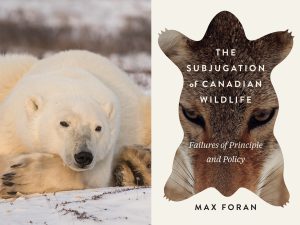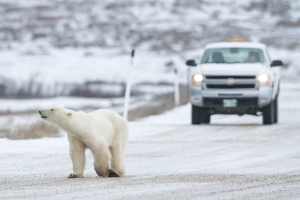In 1994, Paul Nicklen went on a solo Arctic expedition for three months. The acclaimed photographer, who grew up in Kimmirut, Nunavut, had just quit his job as a biologist in the Northwest Territories. On the expedition, Nicklen realized how in love he was with the polar ecosystem. He knew then that he wanted to capture it with a camera and share it with the world.
Since then, Nicklen has shot over two million images of Arctic and Antarctic wildlife, often on assignment for National Geographic, and won numerous awards. His latest book, Born To Ice, available now from teNeues, takes readers on a visual journey to both poles and allows an intimate peek into the lives of animals Nicklen worries are threatened by climate change.
On what’s special about the book
Being on assignment for National Geographic for 17 years was an incredibly powerful and beautiful journey, and a very important journey to discover what true storytelling is – being a journalist, tackling the hard issues. But at the core of who I am I’ve always been a fine arts photographer.
For a long time, I never allowed myself to put down the left-brain, storytelling part of my brain and just open up the doors to the right-side, creative part of my brain and celebrate the polar regions for all their beauty and grandeur. Now, with this book, I invite people into this world without judgement in an attempt to break down the walls of apathy. I invite them into a world that I’ve been obsessed with – that I’ve been in love with – since I was a kid. I think that’s why I am so excited about this book.
On his favourite shots
I really love species that represent a habitat and represent an ecosystem. Narwhals are a very powerful representation of the Arctic for me. Photographing them was the most challenging thing I’ve ever done – it was eight years of going back trying to film and photograph them.
I love the polar bear in the window in Svalbard, because that image combines art, science and conservation. I also love the reflection of the polar bear diving under the ice. Again, that really tells a story.
Then you go down to Antarctica. I dove under the ice with the clearest visibility in the world with emperor penguins, looked out over 400,000 king penguins and got the chance to be in the water with a leopard seal again. I look at it this book and I just get lost in so many beautiful memories.







